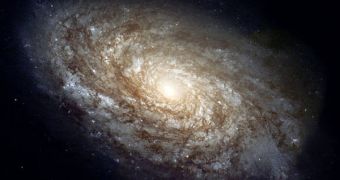In an unprecedented move, experts at the Harvard University have taken it upon themselves to construct the largest library of photographs depicting celestial objects, which have been taken over the last century. Early astronomers did not have access to digital cameras, so they used glass photographic plates, starting from 1880 and ending in the 1980s. The current effort is designed to gather all of the 525,000 such plates Harvard knows of, and to transfer them to a digital format.
This would allow astronomers and other experts to create the most accurate map of the skies, comprising data collected over 100 years of observations. The movement of galaxies and stars could be fairly accurately documented, which could lead to a better understanding of the laws of dynamics that govern the motions of everything in the Universe. HU Paine Professor of Practical Astronomy Jonathan Grindlay, the leader of the effort, believes that there are vast amounts of data held in these plates awaiting discovery, the Harvard Gazette informs.
The DASCH (Digital Access to a Sky Century @ Harvard) Project “will look at every object on the plate with specially developed software and measure its brightness. You can not know what you’re looking for and still find something. We’re part of a wave that is looking at the sky for its variable objects, for everything that goes bump in the night – and that turns out to be a lot. DASCH will open a new window for time domain astronomy,” the professor is quoted as saying.
According to the expert, it may be that each of these plates contains as much as 100,000 objects in it, and that, over the years, each of these objects has been photographed 50 to 3,000 times. In the case of the most famous formations, the number of observations spanning the century could be even larger. The stacks of glass plates are currently located at the Harvard College Observatory (HCO). “The whole idea is to get this incredible treasure trove online so astronomers and the public alike can get at it,” Grindlay adds.

 14 DAY TRIAL //
14 DAY TRIAL //